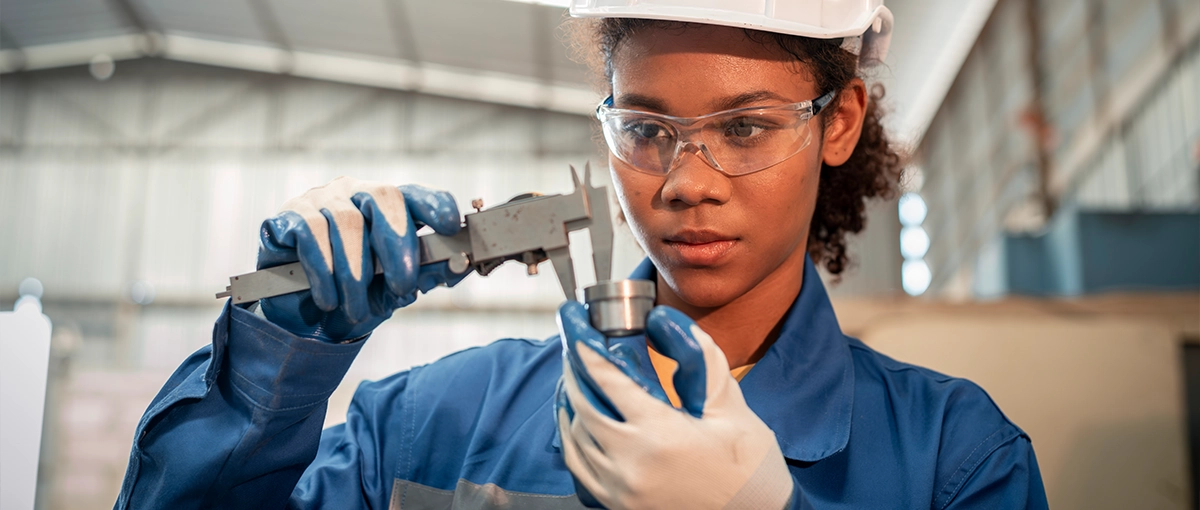How to Resolve Improper Tool Calibration in Precision Equipment

Precision equipment only performs as well as its calibration allows. In sectors where tolerances are measured in microns, even a slight deviation in tool accuracy can ripple through an entire process — scrapping parts, reducing efficiency, and creating costly rework cycles. Improper calibration isn’t always obvious at first glance, but its effects compound quickly.
Whether it’s a torque wrench applying inconsistent force, a coordinate measuring machine drifting out of specification, or an automated cutting tool losing its reference point, the path to resolution requires more than just tweaking a few settings. Correcting calibration errors involves detection, verification, adjustment, and preventive measures that keep the problem from returning.
Spotting the Early Signs
- Measurements consistently off from design specifications
- Parts failing quality inspection at the same dimension or location
- Operators compensating manually to “work around” the tool’s readings
- Increased scrap rates without changes to raw materials or processes
Improper calibration can also show up through irregular patterns from vibration sensors, mismatched alignment jigs, or assembly adjustments needed for fit.
Verifying the Problem Before Adjustments
- Cross-check readings against a certified reference standard
- Test the tool across its full operating range
- Inspect for physical wear, contamination, or loose components
- Confirm environmental factors such as temperature and humidity
Verification avoids unnecessary recalibration that could introduce more error.
Isolating the Source
In complex systems, multiple tools may influence a single measurement or process outcome. Misalignment in a fixture can be mistaken for a gauge error. Isolate by testing each tool independently before adjusting.
Applying Manufacturer Procedures
Follow the manufacturer’s service manual to avoid altering settings beyond safe limits or voiding warranties. When specialized equipment is required, consider using an accredited calibration service.
Using Traceable Standards
- Record the standard’s certification date and source
- Note the calibration interval for the standard itself
- Document any adjustments made during the process
Recording Before-and-After Data
Document readings before and after adjustment to confirm the tool is within specification and to build a history that predicts future drift patterns.
Addressing Environmental Factors
- Store sensitive tools in temperature-controlled environments
- Use vibration isolation platforms for measurement stations
- Shield from magnetic or electrical interference
- Allow tools to acclimate to workspace temperature before use
Preventing Operator-Induced Errors
- Regular training refreshers
- Visual aids at workstations
- Restrict access to trained personnel
- Include pre-use functional checks
Scheduling Calibration at the Right Intervals
Set intervals based on manufacturer recommendations, usage frequency, tool criticality, and past drift rates.
Creating a Tool-Specific Calibration Log
- Serial number and location
- Last calibration date and results
- Adjustments made
- Responsible technician or service provider
- Next scheduled calibration
Integrating Calibration into Quality Control
- Require calibration check before first-article inspection
- Random audits of tools in use
- Link failed inspections to tool calibration review
Knowing When to Retire a Tool
If a tool consistently fails to hold calibration between intervals, replacement is often the more cost-effective solution.
Auditing the Calibration Process
Review procedures to confirm they are followed correctly and that standards are accurate. Audits can also reveal efficiency opportunities such as batch calibrations.
Reducing Downtime During Calibration
- Keep spare calibrated tools in inventory
- Schedule during planned maintenance
- Rotate tools to maintain production
- Coordinate calibration with other service tasks
Working with Accredited Providers
Accredited labs follow strict procedures and provide detailed certificates. Review provider performance for accuracy, turnaround time, and documentation quality.
Embedding Calibration Awareness in Purchasing Decisions
Request drift rate data, recommended intervals, and performance history from suppliers before purchasing precision tools.
Wrapping It Up the Fun Way
A perfectly calibrated tool is like a skilled musician’s instrument — it produces the right result without constant tuning. Let it drift, and the performance falls flat. Catch the sour notes early, adjust with precision, and keep the environment friendly to accuracy. When calibration becomes part of the rhythm of operations, precision equipment plays in harmony, and production hits every note just right.


